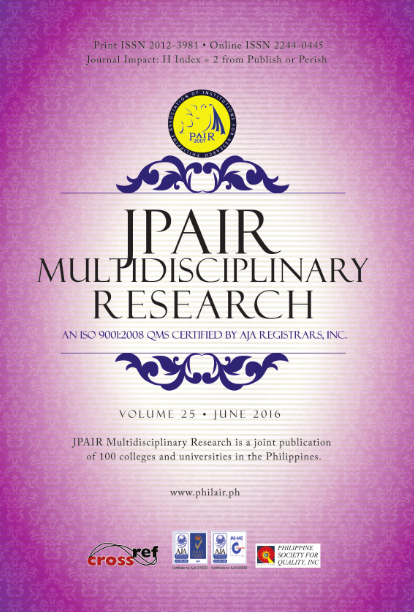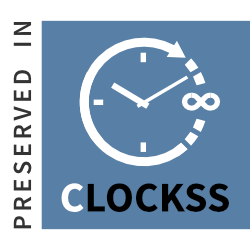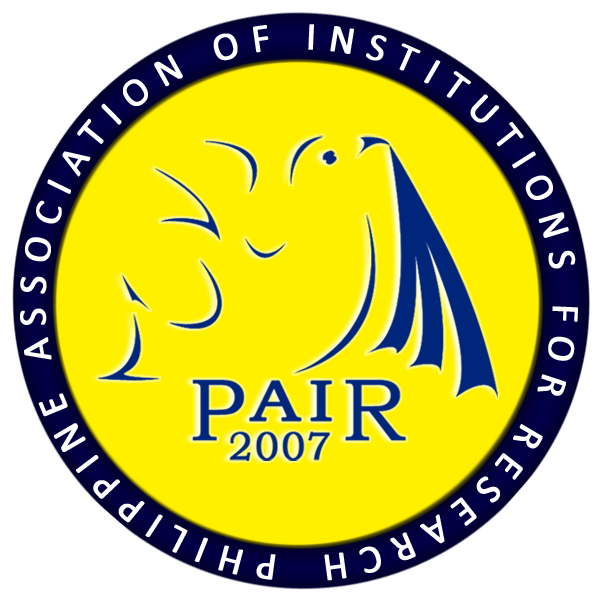Carbon Monoxide and Hydrocarbon Contains of Motorcycles: Metro Dumaguete, Philippines
DOI:
https://doi.org/10.7719/jpair.v25i1.390Keywords:
Environment, smoke emission, descriptive design, PhilippinesAbstract
According to the World Health Organization (WHO), almost 98% of low and middle-income countries’ air fail to meet the United Nations (UN) body’s standards. Data from the Department of Environment and Natural Resources’ Environmental Management Bureau (DENR-EMB) revealed the Total Suspended Particles (TSP) in Metro Manila during the first quarter of 2015 reached 130 micrograms per normal cubic meter (ug/Ncm). The maximum safe level is 90 ug/Ncm. Since 80% of pollution load is contributed by vehicles, the study determined the amount of carbon monoxide (CO) and hydrocarbons (HC) during the smoke emission testing of motorcycles in Metro Dumaguete, Negros Oriental, Philippines. Random sampling and simple average formula were utilized in the study. Using the smoke test results from January to February 2015, it was found out that the average amount of CO is 1.45 µg/cm which is very low compared to DENR standard exposure value of 35 ug/cm for one hour and 10 µg/cm for 8-hour exposure. Also, the average amount of HC is 600.26 ppm which is low compared to DENR’s maximum set value of 4500ppm to 6500 ppm. Current findings indicate that the amount of CO of motorcycle emissions is insignificant while HC is low as compared to the standard value.
Downloads
References
Arafah, M., Ramli, M. I., Aly, S. H., & Selintung, M. (2013). The Motorcycle Emission Characteristics in Developing Countries: Logit and Regression Analysis of I/M Data in Makassar City, Indonesia. Journal of the Eastern Asia Society for Transportation Studies, 10(0), 1218-1226.
Downloads
Published
Issue
Section
License
Copyright (c) 2016 Narcisa T. Morallo

This work is licensed under a Creative Commons Attribution-NonCommercial 4.0 International License.
Open Access. This article published by JPAIR Multidisciplinary Research is licensed under a Creative Commons Attribution-Noncommercial 4.0 International (CC BY-NC 4.0). You are free to share (copy and redistribute the material in any medium or format) and adapt (remix, transform, and build upon the material). Under the following terms, you must give appropriate credit, provide a link to the license, and indicate if changes were made. You may do so in any reasonable manner, but not in any way that suggests the licensor endorses you or your use. You may not use the material for commercial purposes.




















